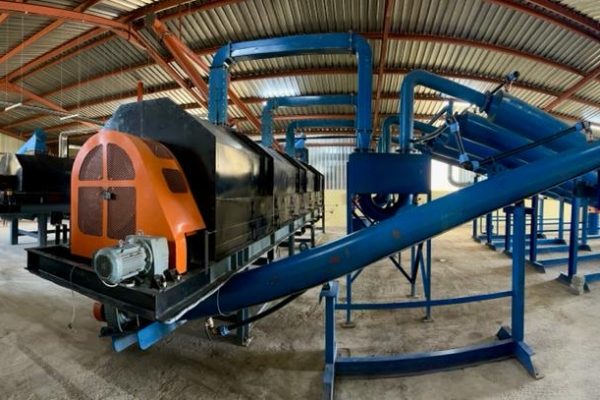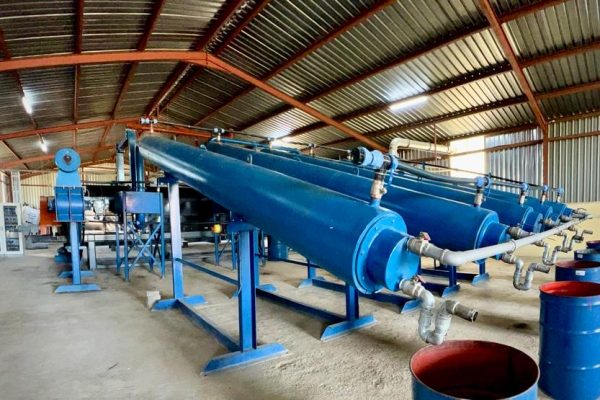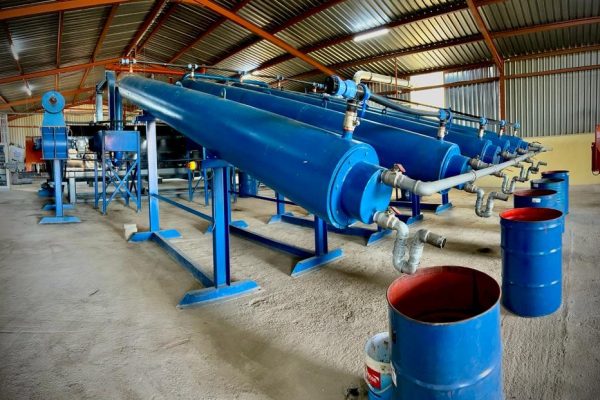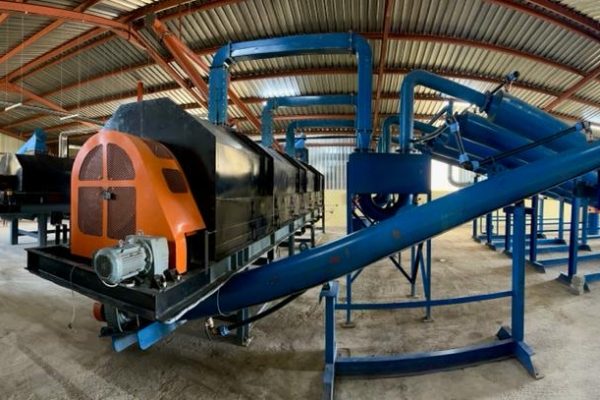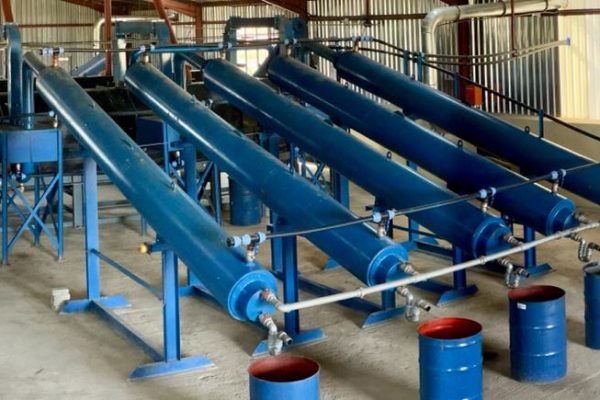Our modular reactors can be easily and quickly installed. This modular approach reduces up-front capital costs and offers significant flexibility in terms of capacity expansion.
What Sets Us Apart
Our technology is scalable such that we can quickly install facilities near the source of the feedstock. Locating in close proximity to the feedstock reduces transportation costs, minimizes transportation-related emissions and logistical complexities associated with moving large quantities of feedstock over long distances. This capability also allows us to “right size” our facilities to the local feedstock availability, which reduces the project’s environmental footprint, infrastructure requirements and community impacts.
Feedstock Versatility
Our Biomass Conversion Technology has the versatility to handle a wide range of feedstocks, including agricultural and forestry residues, manure and virtually any cellulosic biomass. The technology allows us to switch feedstocks in a matter of hours, providing us the maximum flexibility in operations. It also enables us to address different market needs and contribute to the circular economy by utilizing a broader range of available resources.
Output Flexibility
Our technology provides us with the flexibility to quickly adjust our output and the type of products we produce. By employing advanced control systems and process optimization techniques, we can quickly adapt our operations to meet changing market conditions in order to continuously maximize the value of each ton of feedstock. This agility allows us to respond to market trends, customer preferences, and regulatory requirements effectively.
Modular Design
The technology’s modular design, provides us with a number of significant advantages with the most important being the up-front capital cost requirements. Our modular units can be easily assembled, allowing for faster installation and reducing initial capital investment. This modular approach also offers flexibility in terms of capacity expansion. We can easily expand production at each facility by adding additional modules, adapting to changing market demands without existing facility downtime or major infrastructure modifications.

